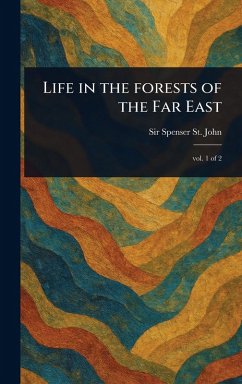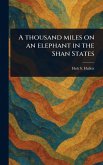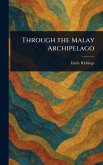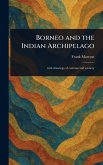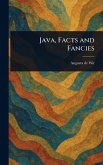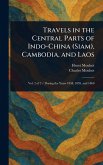Venture into the heart of 19th-century Borneo with "Life in the forests of the Far East," a captivating travelogue by Spenser St. John. This first volume offers a rare glimpse into the landscapes and cultures of Sarawak, a region then largely unknown to the Western world. St. John's detailed observations encompass the natural history of the area, along with insightful accounts of his interactions with the local people. More than just a travel narrative, this book provides a historical record of a bygone era. Readers interested in adventure, exploration, and the history of Southeast Asia will find this meticulously prepared edition an invaluable resource. Journey alongside St. John as he navigates the forests of the Far East, encountering unique flora, fauna, and the diverse communities that call Borneo home. This work has been selected by scholars as being culturally important, and is part of the knowledge base of civilization as we know it. This work is in the public domain in the United States of America, and possibly other nations. Within the United States, you may freely copy and distribute this work, as no entity (individual or corporate) has a copyright on the body of the work. Scholars believe, and we concur, that this work is important enough to be preserved, reproduced, and made generally available to the public. We appreciate your support of the preservation process, and thank you for being an important part of keeping this knowledge alive and relevant.
Bitte wählen Sie Ihr Anliegen aus.
Rechnungen
Retourenschein anfordern
Bestellstatus
Storno

